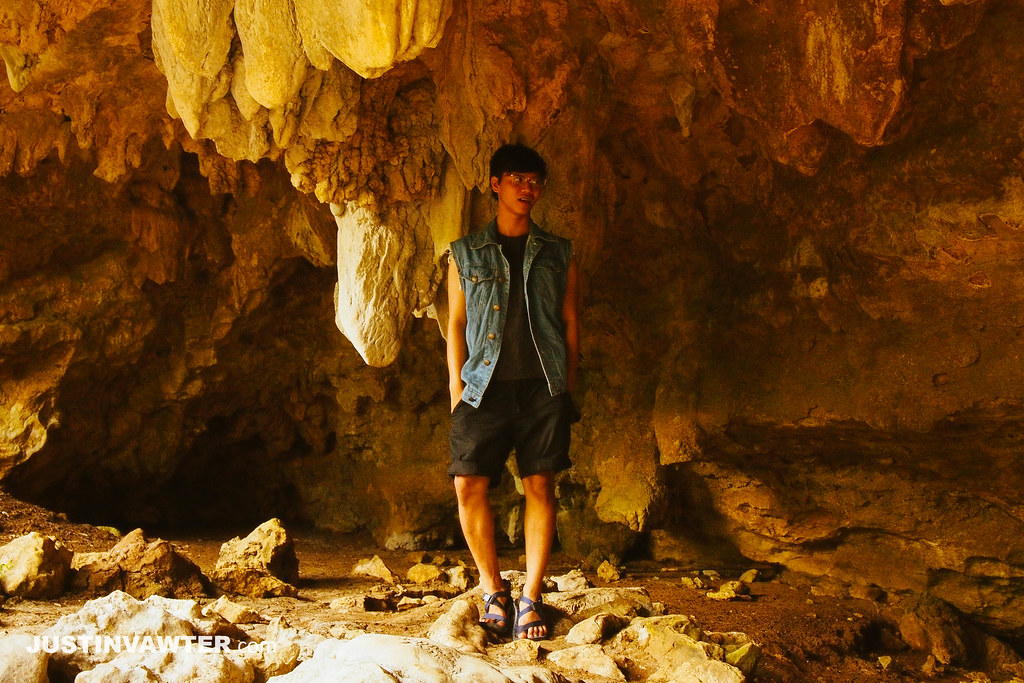

This, in spite of paying entrance fees, guide fees and even for the table that we used for lunch. And the bathrooms near the picnic area aren't working anymore. Some of the stone steps that were carved to make the hiking trails easy are broken.

So it was with a sinking heart that I found much of the park in disrepair. Not only has the caves sheltered our Katipuneros during our revolt with the Spaniards, these caves also housed many of our guerilla soldiers during WWII. We spent the day picnicking at Biak Na Bato National Park, which is truly wonderful in terms of it's unspoilt beauty.īiak na Bato has played an important role in Philippine history.

When inside the cave though, one couldn’t help but think how many had died inside – creepy thoughts.This weekend, I had a chance to meet some new friends and one of them invited us over to her hometown of San Miguel in Bulacan. Since the cave was completely dark, some Katipuneros would be on standby inside while they waited for the enemies’ footsteps specifically the sound of their boots, before attacking them. Some Katipuneros would let themselves be chased by the Spaniards while they led them towards the cave. This was said to be where the famous tradition of blood compact as part of the initiation to Katipunan ‘newbies’, an act that somehow signified the way they bravely fought for the nation, with life and blood.Īfter walking passed Tanggapan Cave, we continued the trek passing by a refreshing sight of a calm river cum stream before reaching the mouth of our last, a relatively most difficult to traverse cave, the Ambush Cave.Īmbush Cave served as a trap to trick Spaniards towards a planned ambush. Outside Imbakan Cave, we passed by a string beans plantation*Īfter a short walk passing a shrubby path, we reached an open cave tagged as the Tanggapan Cave.Īs the name implies, this cave served as a reception area, where they used to accept and orient new recruits of the Katipunan before they were eventually immersed to the operation and introduced to the secret caves of Biak-na-Bato. The trek going to each cave is breezy, comprised mostly of flat terrain passing by scenic rice paddies, small houses often in isolation and surrounded by view of the distant mountain ranges. The group rode a tricycle going to the jump-off point of the trek towards Hospital Cave. There are available picnic tables around the park. Paul, it will be better if you take your own packed lunch. TIP: As there is only one carinderia once you alight at St. Our group chose to explore both route despite arriving at Biak na Bato almost around 11:30am. Should you want to explore the slightly farther but equally historical cave system comprising of the Hospital Cave, Artillery, Ambush Cave and Tanggapan you have to pay an additional Php500 for the tour guide. A visit to Aguinaldo Cave and Bat Cave would cost Php300 pesos.

Entrance to the Biak-na-bato is affordably at Php30 for adults and Php20 for students. Upon arrival at Biak-na-Bato, a tour guide will approach you should you want to do spelunking through the several caves around Biak-na-Bato while the guide tells you the role each one played in history. The map of Biak Na Bato National Park by the entrance/registration.* Don’t worry for your ride on your travel back to town as the guides will surely offer you their transpo service at parity pricing. Paul is tricycle terminal, a tricycle that can load up 3-5 people can take you to the entrance of Biak-na-Bato for Php150 pesos per trip. Bus travel from Cubao to San Miguel can take up 3 hours. ES Transport Bus Terminal is located in Cubao Quezon City. Ride an ES Transport Bus Bound to San Miguel and alight at St. To my mind this is our own version of the Cu Chi Tunnels of Vietnam that Cong Viets used to fight war against the American fleet. It offers a track back in history when the revolutionaries took refuge in hidden caves along the mountainous landscape of San Miguel to cure wounded revolutionaries, gather armors and hold secret meetings. Indeed, Bulacan is one of the eight provinces that shed light towards the fight for independence, ending hundred years of slavery against the Spaniards.Ī trip to Biak-na-Bato, in the town of San Miguel in Bulacan, takes you back to the era when Filipino Katipuneros took their plan of revolt against the Spanish conquerors. SEPT 2015 – The eight rays of the sun, as depicted in the Philippine flag, testify to the significant contribution of the province of Bulacan in the revolt against Spain in 1896.


 0 kommentar(er)
0 kommentar(er)
